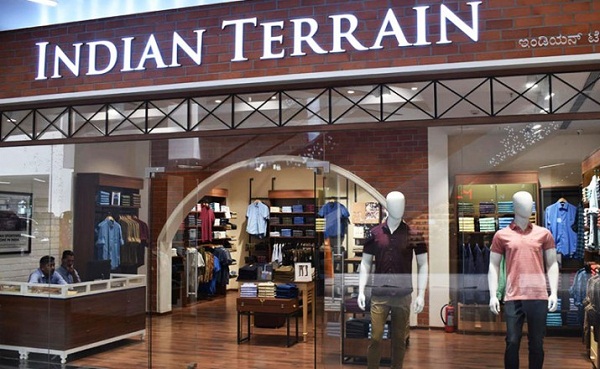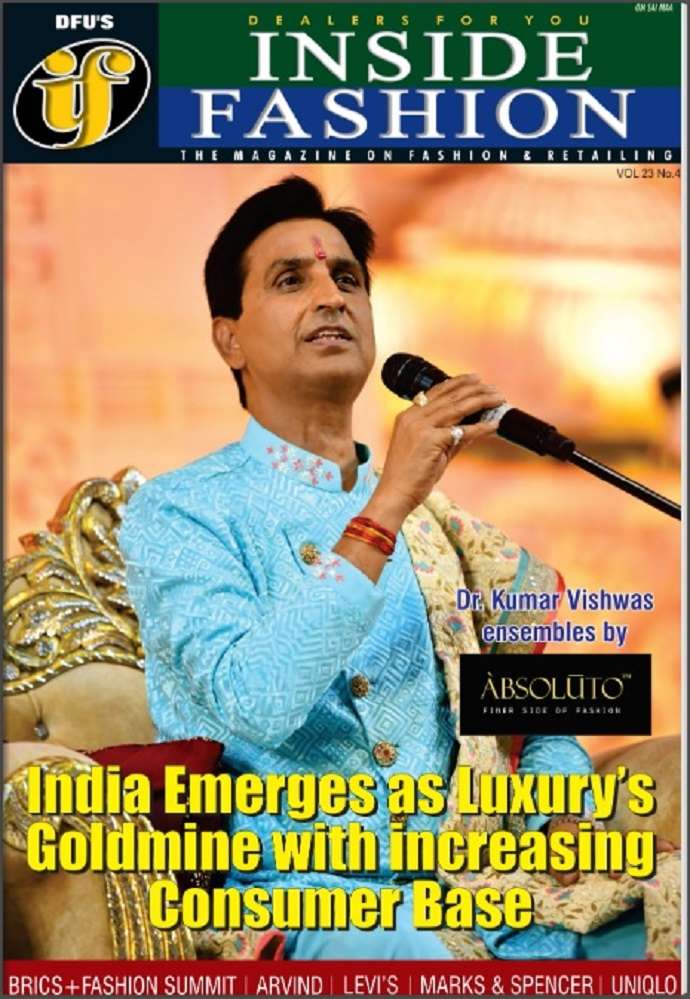As the second wave of COVID-19 threatens to devastate India’s top cities, consumer goods manufacturers are closely monitoring its impact on post-festive demand. Retailers of apparel, electronics and packaged consumer goods’ expect current demand to continue till December before subsiding in the last quarter of this fiscal. This is one of the reasons retailers are unwilling to commit beyond December, commented Kumar Rajagopalan, CEO, Retailers Association of India (RAI) to Live Mint.
Suresh Narayanan, Chairman and Managing Director, Nestle India also believes, retailers will be able truly gauge their consumers’ intentions only post Diwali. Till then, they would have to wait and see whether things have really stabilized or they are seeing pent-up demand.
Apparels, electronics sales trends change post lockdown
Indeed, unlocking initiatives alongwith festivals did help retailers push up sales during Diwali in apparels, home appliances and FMCG goods. As data from the RAI suggests, sales of electronics retailers jumped by15-18 per cent 30 days before Diwali while those of formal-wear retailers dropped by 35 per cent. During this period, sales of athleisure, casual wear and fitness footwear retailers grew while those of homeware retailers declined by 10 per cent.
The recent announcement of lockdowns in Madhya Pradesh and Gujarat could again bother retailers as they would have to urge brands to introduce new schemes to attract consumers. One of the ways retailers can boost sales in coming months is by exploring purchase occasions such as winter launch, end-of-season sale, wedding festivals followed by spring launch towards mid and end of January, says Abhishek Bansal, Executive Director, Pacific Malls.
Demand for apparel expected to decline
Companies expect the post-festive season to be extremely crucial for retailers to sustain demand. Pradeep Bakshi, MD & CEO, Voltas expects demand for essential goods to remain high in coming months. Another category expected to grow in the next few months is the home appliances category, says Kamal Nandi, President, CEAMA and Executive Vice President, Godrej Appliances. However, retailers of formal apparels, beauty products, home furnishings and other discretionary products do not expect their businesses to recover. Though weddings and year-end festivities will help sustain demand until February, the period post that would prove extremely critical for retailers, believes Sanjay Vakharia, CEO, Spykar Lifestyles.




































